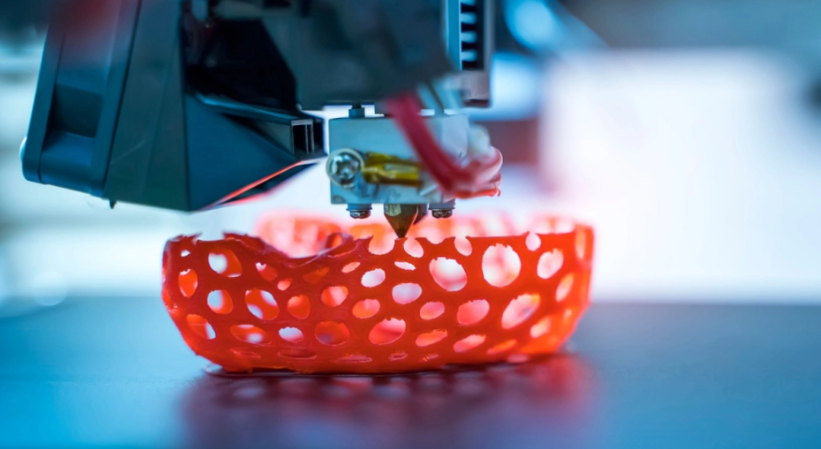3D printing is a fantastic tool for creativity and innovation, but some items are best left unprinted.
Others are reading now
3D printing has unlocked amazing possibilities, enabling us to create everything from jewelry to spare parts right at home.
But just because you can print something doesn’t mean you should.
According to the Danish tech magazine Trend, here are five items that might seem like great 3D printing projects, but are better left unmade — for safety and practicality reasons.
1. Bicycle Helmets
It might sound cool to 3D print your own bicycle helmet. But safety gear like helmets must meet strict safety standards and undergo rigorous testing to ensure they can protect you in an accident. A homemade helmet won’t offer the necessary protection and could give you a false sense of security — putting your safety at serious risk.
Also read
2. Stools
Printing a stool or any other weight-bearing object might seem like a fun project, but it’s one to skip. Even if the design looks sturdy, tiny flaws in the printing process can weaken the structure. A fragile stool or ladder could break under your weight, leading to potentially serious injuries.
3. Food Utensils
3D printing your own cutlery, plates, or other food-related items might seem practical, but it’s not a good idea. Most 3D printing materials contain chemicals and additives that aren’t food-safe. Additionally, bacteria can hide in the small crevices created during printing, making it hard to keep these items hygienic.
4. Toys for Children
Printing toys for your kids might seem like a fun idea, but safety is a big concern. Homemade toys don’t have the necessary safety certifications, and they could pose choking hazards or have sharp edges that might harm a child. When it comes to children’s safety, it’s best to leave toy manufacturing to professionals.
5. Medical Equipment
While 3D printing has made significant advancements in the medical field, you should never attempt to print medical devices at home. Anything requiring sterility or precise measurements needs to be produced under strict conditions by professionals. Using improperly made medical equipment can do more harm than good.
While 3D printing offers endless possibilities, it’s important to understand the limits of what’s safe to make at home.
Stick to projects that don’t involve any risk to ensure your safety and the safety of others.


